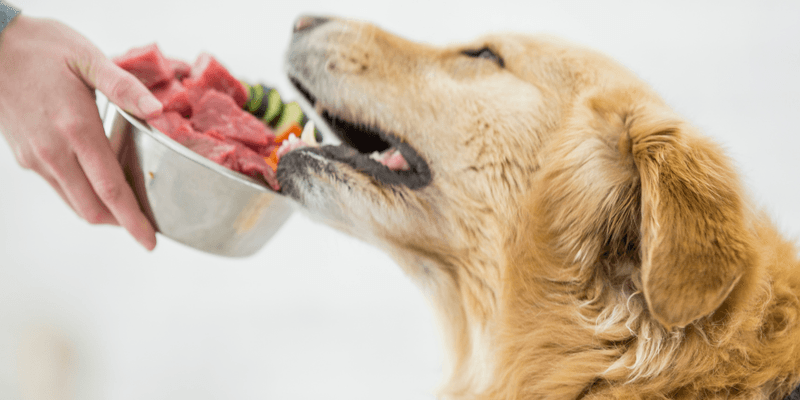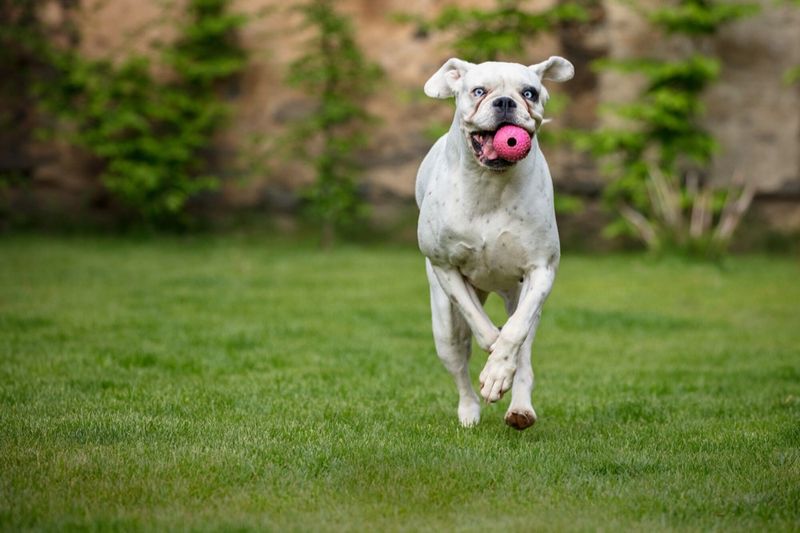Understanding the factors that influence a dog’s lifespan is crucial for every pet owner. From genetics to daily habits, various aspects play a role in determining how long our furry friends will be with us. This article explores ten vital, vet-approved facts that can help you ensure a longer, healthier life for your canine companion.
Nutrition Matters
Quality nutrition is a cornerstone of a long life for dogs. Providing balanced diets rich in essential nutrients supports their immune systems. Commercial dog foods often lack the quality needed, so consider consulting a vet for tailored advice.
Homemade meals, when properly balanced, can be beneficial. Beware of overfeeding, as obesity can lead to numerous health issues.
Ensuring your dog gets the right amount of protein, fats, and other nutrients will help maintain their vigor. What they eat today affects their health tomorrow.
Regular Exercise
Exercise is not just about keeping dogs fit; it’s vital for their overall well-being. Daily walks, playtime, and activities like agility training improve cardiovascular health. Active dogs often enjoy longer, happier lives.
Regular physical activity also helps prevent obesity, a leading cause of health problems. It keeps their muscles strong and their minds sharp.
Whether it’s a brisk walk or an energetic game of fetch, exercise is a key element in extending your dog’s years.
Preventive Healthcare
Routine check-ups and vaccinations are paramount for a dog’s health. Preventive care helps catch issues before they become serious, adding years to a dog’s life. Regular dental care, including brushing and professional cleanings, prevents disease.
Discussing preventative measures with your vet can personalize care. From flea control to heartworm prevention, staying proactive is crucial.
Healthcare isn’t just about treating illness—it’s about preventing it. Regular vet visits can make a significant difference in your pet’s quality of life.
Mental Stimulation
Mental health is as important as physical health for dogs. Engaging their brains with puzzles and toys keeps their minds sharp. Dogs that are mentally stimulated tend to be happier and live longer.
Training sessions also contribute to mental well-being, enhancing communication between dog and owner. Mental exercises can prevent anxiety and depression.
Providing a variety of challenges and learning opportunities daily ensures a fulfilled life. Keeping their minds active is an investment in their longevity.
Genetic Influence
Genetics play a pivotal role in determining a dog’s lifespan. Breeds like Chihuahuas often live longer due to their genetic makeup. Large breeds, such as Great Danes, tend to have shorter lifespans. Understanding the genetic predispositions of your chosen breed can prepare you for what to expect.
Knowing your dog’s family history is essential too. Breeders often select for traits that can either shorten or lengthen a dog’s life. Awareness of common breed-specific diseases can guide preventive care. Genetics isn’t everything, but it sets the stage for your pet’s life expectancy.
Socialization
Social interactions are essential for a dog’s happiness and lifespan. Dogs thrive on companionship, whether with humans or other animals. Socialized dogs are often less stressed, which can lead to a longer life.
Visits to dog parks or playdates with canine friends provide much-needed interaction. These experiences help reduce anxiety and build confidence.
A well-socialized dog is a happier, healthier pet. Ensuring they have social outlets is a key to their longevity.
Spaying and Neutering
Spaying and neutering dogs can be a significant factor in their lifespan. These procedures reduce the risk of certain cancers and diseases, which can extend life. Spayed and neutered dogs often exhibit calmer behavior.
Reducing the likelihood of roaming, these procedures also decrease the chance of accidents. Consult with your vet about the best time for spaying or neutering.
Making informed decisions about these surgeries impacts your dog’s health and longevity.
Environment
The environment in which a dog lives greatly influences their longevity. A clean, safe, and loving home can add years to their life. Dogs thrive in environments that provide stability and comfort.
Exposure to second-hand smoke, harsh chemicals, or unsafe areas can shorten a dog’s lifespan. Ensuring a stress-free, nurturing environment promotes well-being.
A positive, healthy environment plays a crucial role in your dog’s life expectancy.
Breed-Specific Needs
Different dog breeds come with unique needs that affect their lifespan. Understanding these requirements ensures better care. Breeds prone to hip dysplasia, for example, benefit from joint supplements and controlled exercise.
Knowing breed-specific health issues allows for tailored preventive measures. Some breeds need more mental stimulation or physical activity.
Meeting these unique needs can lead to a happier, longer life. Tailoring care to your breed’s specifics is essential.
Love and Attention
Love and attention are intangible yet vital components of a dog’s lifespan. Dogs thrive on affection and companionship. A loving relationship reduces stress and promotes well-being.
Spending quality time builds trust and happiness, which can lead to a longer life. Dogs are social beings that need emotional connections.
Providing love and attention is as important as food and exercise. A strong bond with your dog is a powerful factor in their longevity.










